Dear Stephen,
I’ve been treating lyme for over a year now with antibiotics, and have made 85% progress. The last two months I’ve been using AVE for mycoplasma, and that seems to give me a little boost. However, over the holidays I overexerted myself and feel that I’m relapsing. I suspect I have a babesia infection as well because my illness started with profuse sweating, high fever, and chills. I can’t seem to tolerate malerone, plaquenil, and alinia for babesia. They give me severe emotional herxes. My question: Can I take cryptolepis with antibiotics such as Ceftin? What about Flagyl? Will the alcohol content in the tincture make me sick? What is the dosing for cryptolepis? I will probably have to ramp up since I’m sensitive to most meds and herbs. Knotweed makes me dizzy. Should I treat with cryptolepis separately, staying off antibiotics for a couple of weeks? I’ve been the Cowden route with cumanda, burbur, banderol and enula, but I didn’t find them that effective. What in your experience works best? Thank you for reply.
Stephen’s response:
Yes, you can take cryptolepis with pharmaceuticals. Check with Kate Gilday at
www.woodlandessence.com for dosages. If knotweed does not work, try stephania instead, you can get it from Kate as well. She has worked closely with people using cryptolepis and can answer your questions as to specifics.
Stephen
-
Stephen Harrod Buhner was an Earth poet and an award-winning author of twenty-four books on nature, indigenous cultures, the environment, and herbal medicine including the acclaimed book Healing Lyme: Natural Healing & Prevention of Lyme Borreliosis & Its Co-infections.
Stephen came from a long line of healers including Leroy Burney, Surgeon General of the United States under Eisenhower and Kennedy, and Elizabeth Lusterheide, a midwife and herbalist who worked in rural Indiana in the early nineteenth century. The greatest influence on his work, however, was his great-grandfather C.G. Harrod who primarily used botanical medicines, also in rural Indiana, when he began his work as a physician in 1911.
Stephen’s work has appeared or been profiled in publications throughout North America and Europe including Common Boundary, Apotheosis, Shaman’s Drum, The New York Times, CNN, and Good Morning America. Stephen lectured yearly throughout the United States on herbal medicine, the sacredness of plants, the intelligence of Nature, and the states of mind necessary for successful habitation of Earth.
He was a tireless advocate for the reincorporation of the exploratory artist, independent scholar, amateur naturalist, and citizen scientist in American society – especially as a counterweight to the influence of corporate science and technology.
View all posts

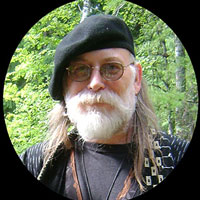



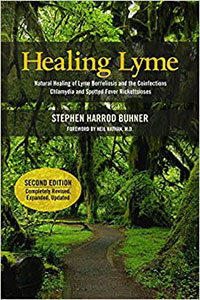
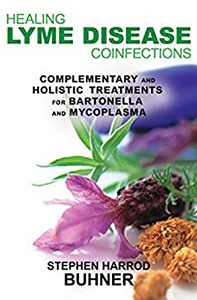
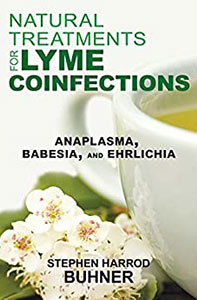
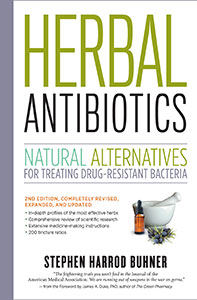
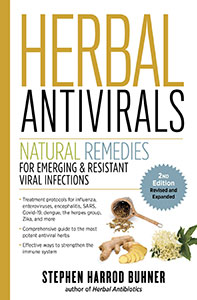



0 Comments